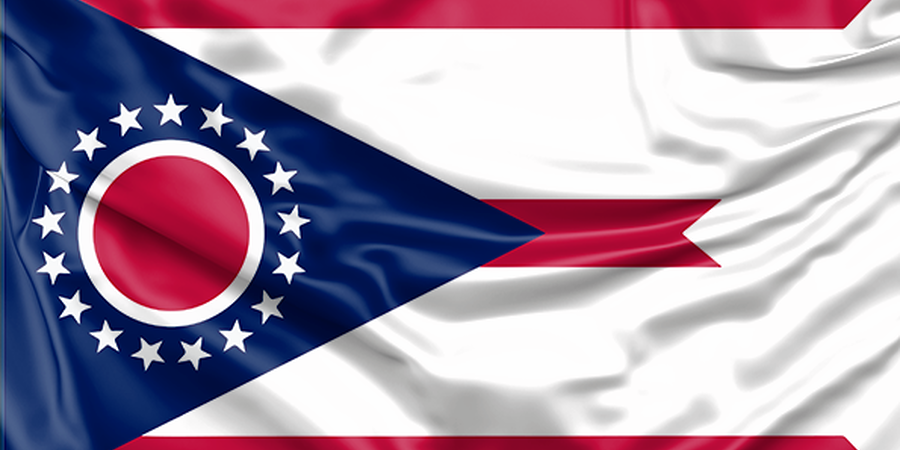OHIO - The founding of the State of Ohio wasn't the work of a single individual in the way someone like William Penn for Pennsylvania might have founded a colony. Instead, Ohio's establishment as a state was a process involving settlers, territorial governance, and ultimately an act of the United States Congress.
Here's a breakdown:
- Early Inhabitants: Long before European settlement, the land was inhabited by various Native American tribes.
- Northwest Territory: After the American Revolution, the land that would become Ohio was part of the Northwest Territory, established by the U.S. Congress in 1787 through the Northwest Ordinance. This ordinance laid out the process by which territories could become states.
- Settlement and Territorial Government: As settlers moved into the region, a territorial government was formed. Key figures during this territorial period and in the push for statehood included:
- Arthur St. Clair: The first governor of the Northwest Territory.
- Thomas Worthington, Edward Tiffin, and Nathaniel Massie: These were influential figures in the movement for Ohio to become a state. Edward Tiffin became Ohio's first state governor.
- Ohio Enabling Act & Constitutional Convention: In 1802, Congress passed an Enabling Act, which authorized the residents of the eastern portion of the Northwest Territory to form a state constitution and government. Delegates were elected to a constitutional convention, which drafted Ohio's first constitution.
- Statehood (1803): Ohio was officially admitted to the Union as the 17th state on March 1, 1803, by an act of Congress.
So, rather than a single "founder," the creation of the State of Ohio was a collective effort involving:
- The U.S. Congress (which established the framework via the Northwest Ordinance and passed the Enabling Act).
- The settlers and residents of the Ohio region.
- Elected delegates who drafted the state constitution.
- Prominent territorial leaders who advocated for statehood.
Therefore, there is no single "founder" of the state of Ohio in the traditional sense. Its establishment was a democratic and legislative process.


